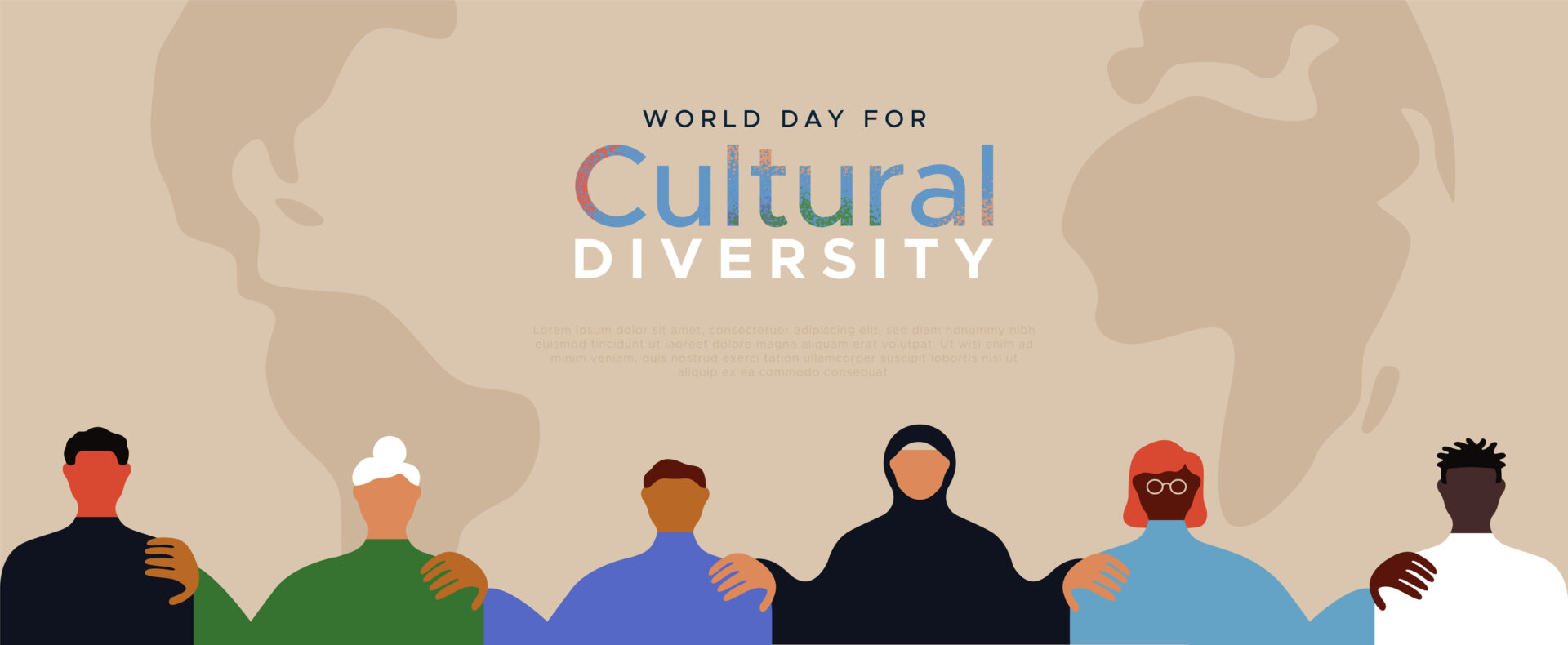As it turns out, fighting for Black communities can save the environment as well! Environmental racism is the term used to describe when racism and environmentalism collide. The name acknowledges that the existence of systemic racism has allowed POC and other minority groups to bear the brunt of pollution to land, air, and water.
In the following post, we address what environmental justice is and why laws seeking it sometimes fail to create change within black communities. We also discuss critical cases of environmental racism among POC and how Black Lives Matter can improve the state of living situations and public health within communities of color.
Environmental Justice Explained
According to the Environmental Protection Agency, environmental justice means treating all individuals fairly and allowing them to be involved with decisions that may impact how environmental laws, regulations, and policies are built and carried out. In other words, all parties affected by a decision should be recognized as stakeholders and given a voice. While this policy has been amended over time, the portion highlighting that stakeholders should have a say early on in the process, as things are being built out, is vital. Early input allows parties to be proactive, preventing disastrous decisions from being made, which puts people of color at risk.
Ever wonder why board members that belong to big businesses rarely make decisions that are both good for their companies and the environment? It’s because the effects of production and its consequential pollution are well out of view. If the owner of a corporation had to live in a town enveloped with smog from their factory or had to shower in oil-tainted water, adjusting company processes would be the first thing on the agenda. Because those in positions of power have money, they are allowed to be removed from the situation, whereas other communities who may not enjoy such financial and spatial freedom are forced to make do with the circumstances.
Those affected by environmental racism often do not have the resources to fight for their rights and win. The current Black Lives Matter movement amplifies the voices of parties that are not always heard.
Instances of Injustice
Issues of environmental injustice can directly impact the health of community members who experience daily the effects of pollution. Fracking, air pollution, and the dumping of toxic waste into soil or bodies of water can wreak havoc on the health of communities situated nearby. These issues of public health and environmental disturbances affect the Black community the most out of any other group. According to a 30-year study by the University of Michigan, half of individuals who live within 3 km of toxic waste sites identify as POC.
You may have heard about some of the more significant cases of environmental justice issues affecting minority communities, with the most televised being the Flint Water Crisis. In this case, untreated waste disposal from factories, plants, and urban runoff made its way into Michigan’s Flint River, which was pumped into the homes of locals to cut costs. The river, which was known to catch fire on occasion, had high levels of lead. Consuming the poisoned water caused Flint residents to experience hair loss and rashes. Severe mental handicaps were seen in children and those born during the time of the crisis. Minority groups represent the majority of the population of Flint, and almost half the residents there live beneath the poverty line. The Flint Water Crisis was fueled by environmental and systemic racism.
The Flint Water Crisis was not the first instance in which Black communities experienced environmental racism in the way of water pollution. Throughout the 1900s, many Black communities settled along the Mississippi had their waterways polluted by large corporations like Shell and Georgia Gulf Co. The community members who were able to move away from these areas did, those who did not died of petrochemical poisoning.
Even the disproportionate number of COVID-19 cases in communities of color can be linked to environmental injustice. It has been said that individuals have a more significant chance of contracting COVID-19 when exposed to more pollutants in the air. Black communities are routinely subjected to housing segregation, which places them in close proximity to processing plants and factories, which are subject to violating environmental regulations.
Aside from increasing their chances of contracting COVID-19, this air pollution contributes to the disproportionate number of African American individuals that are diagnosed with asthma. In extreme cases, studies have found high levels of air pollution to be a cause of premature death within communities of color.
In the Louisiana town of St. John the Baptist Parish, air pollution from Denka Performance Elastomer’s plant is causing many inhabitants to contract cancer at an alarming rate. If you live in St. John, you are 800 times more likely to get cancer than if you lived anywhere else in the world. Just under 60% of residents in St. John identify as Black.
The Black community is not the only group affected by issues of environmental racism. From the onset of the industrial revolution, Native American communities have been at the mercy of manufacturers, companies, and urban areas who have either polluted or stolen from their ancestral homes. The most notable case of environmental racism against Native American communities is still underway. The Dakota Access Pipeline has been under scrutiny since plans to create a pipeline of oil running from North Dakota to Southern Illinois was introduced four years ago. The pipeline would run across ancestral land, which belongs to the Standing Rock Tribe. The potential for the pipe to burst and cause an oil spill in these areas is of primary concern. For information on how to help stop the building of the Dakota Access Pipeline, click here.
Cleaning Up the Mess
Environmental groups are showing their support for the Black Lives Matter movement because they understand he issues they are fighting against and those being addressed right now are not separate. Because they overlap, their solutions do as well.
One solution to improving racial disparities among POC, and the Black community specifically, comes in the form of defunding the police. As it turns out, defunding the police is an act of environmental justice. Defunding the police would allow for funds to be allotted to infrastructure changes to improve the lives of Black communities. One place excess funding could go would be the Green New Deal, a plan that would tackle climate change and address economic gaps within the U.S. Both goals of the plan could create much-needed change in the way of environmental justice.
Some Black-led organizations are requesting that police be removed from the justice system entirely. Public health professionals would replace police in attending to issues of violence and conflict within the community. This change could lead to positive environmental changes down the road as it would remove certain corruption fueled by financing police. Large corporations often fund law enforcement generously with hopes that, in doing so, they can avoid being persecuted for breaking environmental laws. Without bribery, there will be accountability.
Want to learn more about the Black Lives Matter Movement and how you can be an ally for the cause?








Leave A Comment